After studying Mars for decades, scientists admit that there is a good chance that an asteroid or comet impact changed the Red Planet’s fate. Compared to Earth, Mars is full of impact craters, which isn’t surprising given Mars’ unfavourable position in our solar system, right next to the asteroid belt.
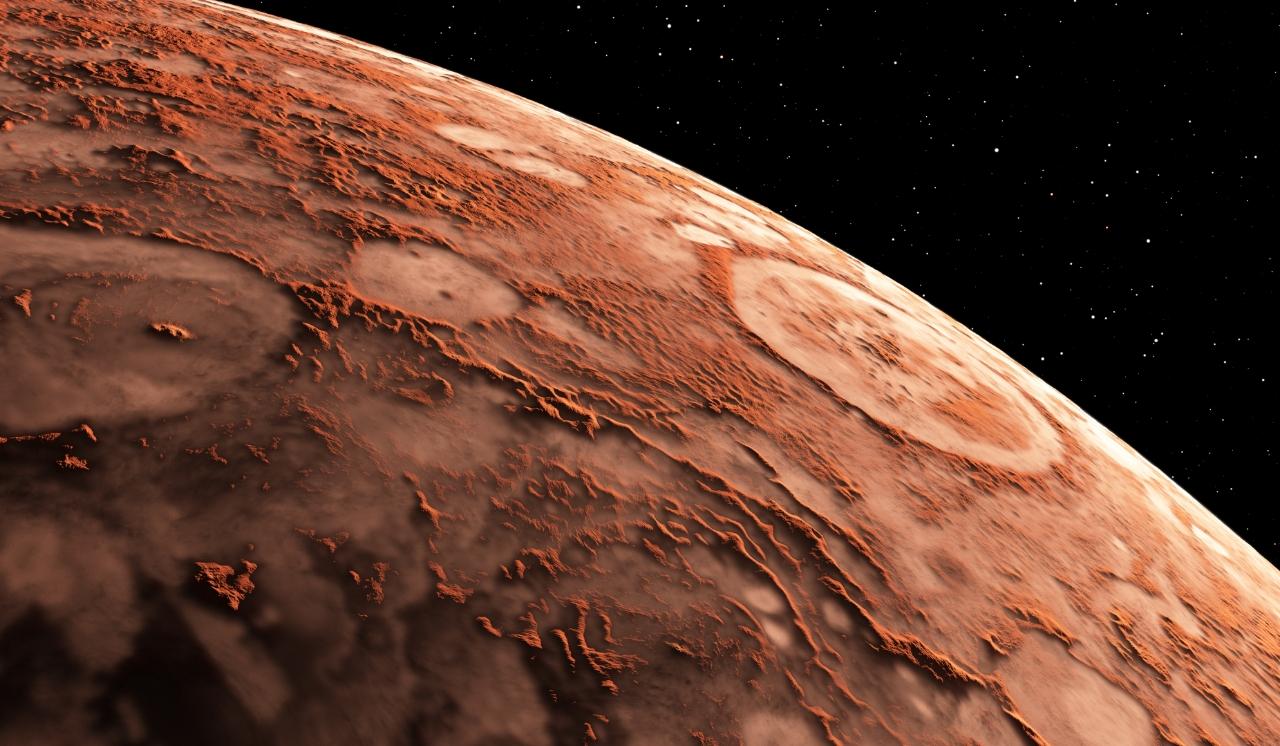
As a result, Mars is continually pummelling by asteroids, and unlike Earth, Mars lacks a larger moon to protect it from incoming asteroids.
Looking back through time, we know that big space rocks have impacted the Earth in the past, and some of those impacts may have altered the course of our planet’s history.
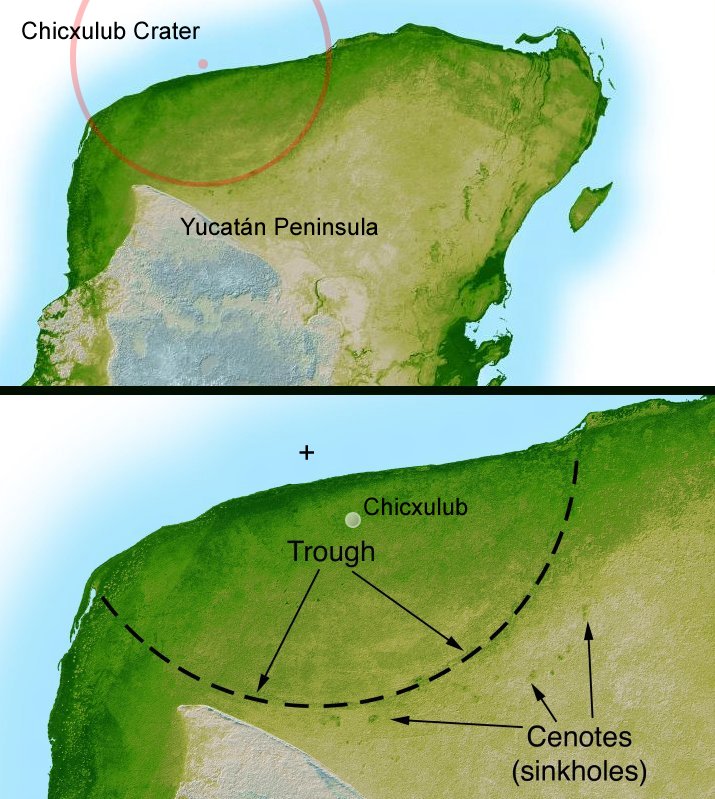
The Chicxulub impact crater, located on the Yucatan peninsula of Mexico (see image above), is one of the best examples we know of, and some experts believe it was the primary cause of dinosaur extinction.
Is it feasible that something similar may happen on Mars if something similar happened on Earth? On Mars, we discovered a fascinating impact crater in the Lyot area that is around 125 miles in diameter.
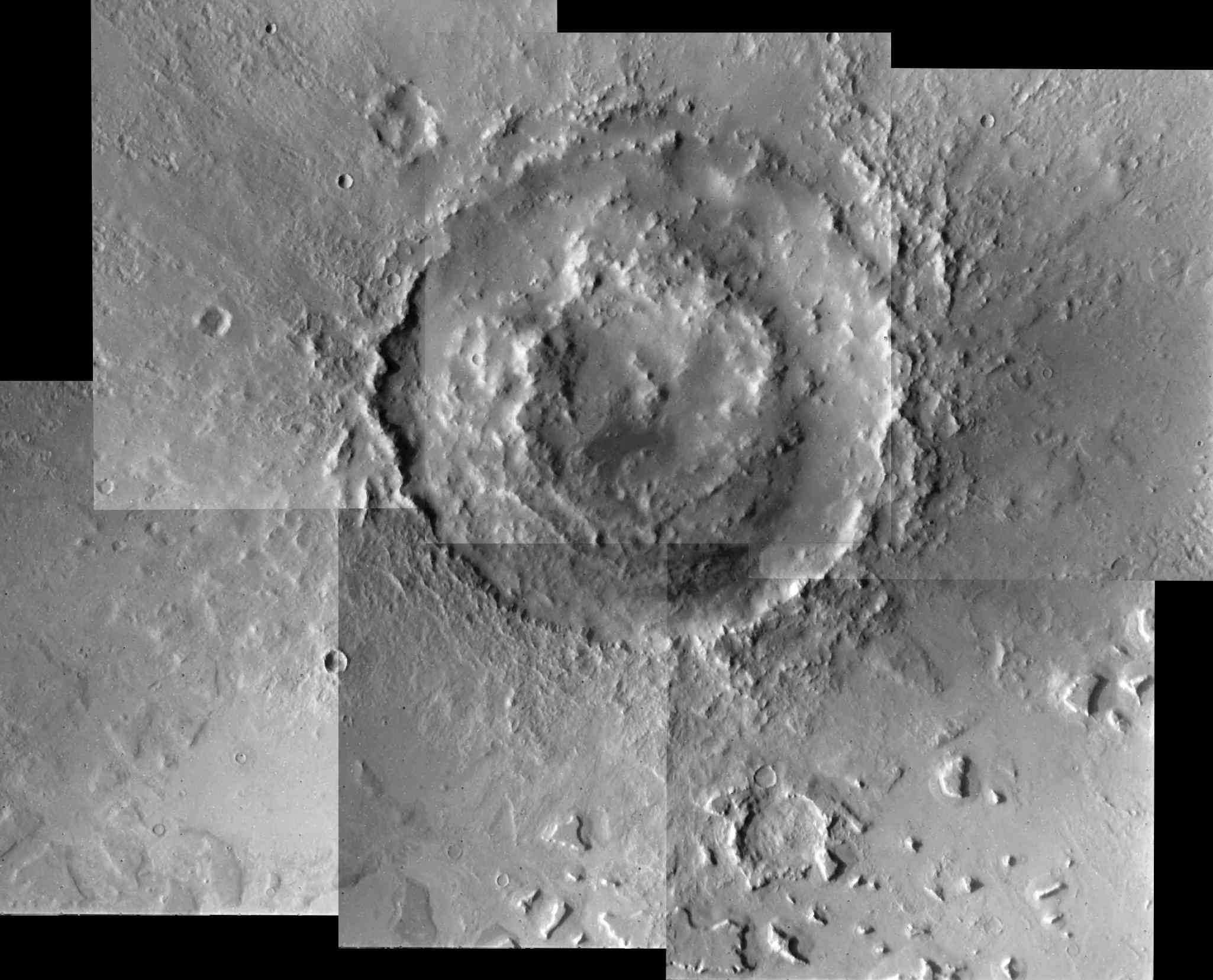
The size of this impact crater indicates how powerful the impact was, and it could be one of the main reasons Mars is now a “desert.”
This comet’s impact could have wreaked havoc on Mars’ planetary system. It would have been an absolutely catastrophic event in terms of global climate change. Is it feasible that Mars had life long before it lost its atmosphere?
Even civilizations that once called Mars “home” are now extinct. If that’s the case, where did the Martians go? Did they make it out alive? Did they manage to flee before the disaster? Is Mars connected to Earth in any way? These are only a few of the many questions that need to be answered.
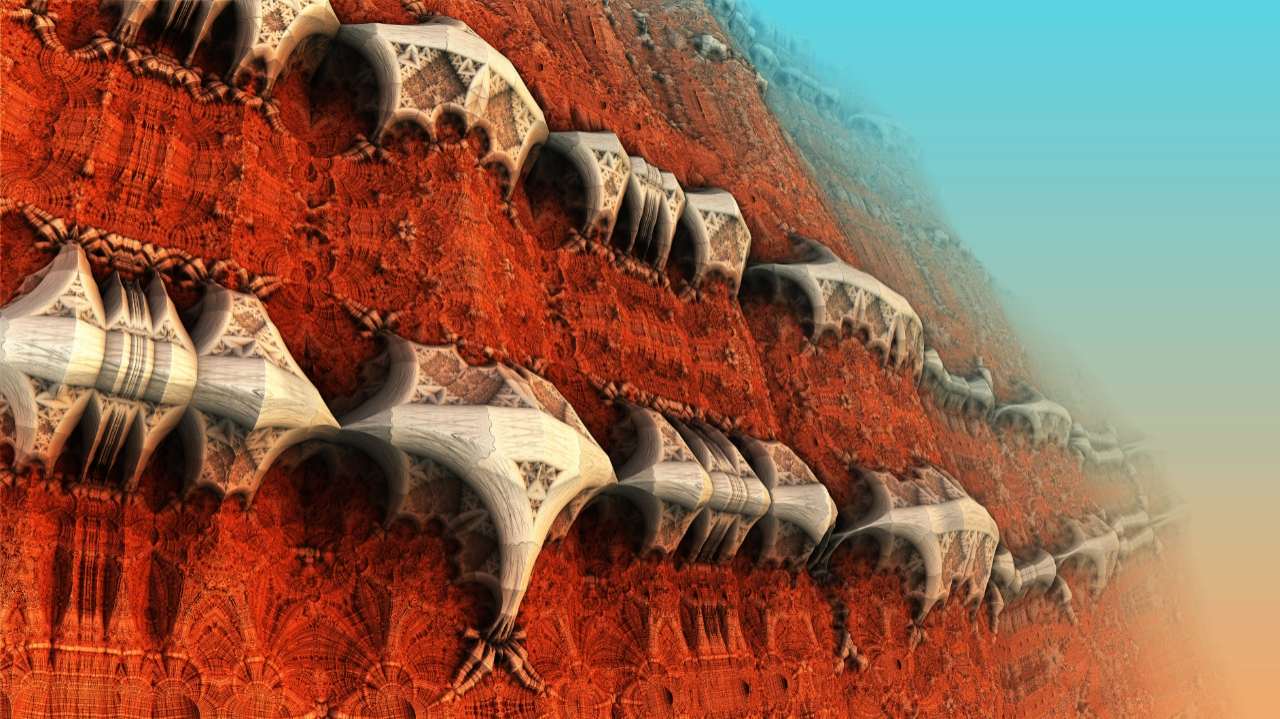
Viking I arrived at its objective, Mars, on July 20, 1976, after a ten-month voyage from Earth. The photographs that Viking I returned to Earth were spectacular, and some of them revealed that Mars was not that dissimilar to Earth.
Some areas on Mars, such as Death Valley, are similar to places on Earth. After performing various tests in search of life on Mars, the story of Viking I becomes more exciting. Viking I returned controversial results.
Dr. Gil Levin created one of the Viking probe’s tests, which was a rather “easy” test. He explained that microorganisms, like you and me and everything else, breathe and then exhale carbon dioxide.
NASA collected a small sample of Martian soil and placed it inside a small container, which was examined for a week for signs of “bubbles” inside the tube, and then something unexpected happened after seven days.
According to NASA’s standards, the test for life on Mars was positive since “bubbles” were seen within the Viking I container. Other tests with different criteria came back negative, whereas one test came back positive for life.
NASA chose to be cautious in this case, stating, “There is no confirmation of life on Mars.” According to some scientists, Mars formerly had an atmosphere similar to Earth’s, but it was obliterated 65 million years ago.
Adding to this theory, there has been speculation in the past that the civilisation that formerly inhabited Mars may have fled to Earth in pursuit of a safe haven. So, do we now qualify as the “Martians” we’ve been searching for?
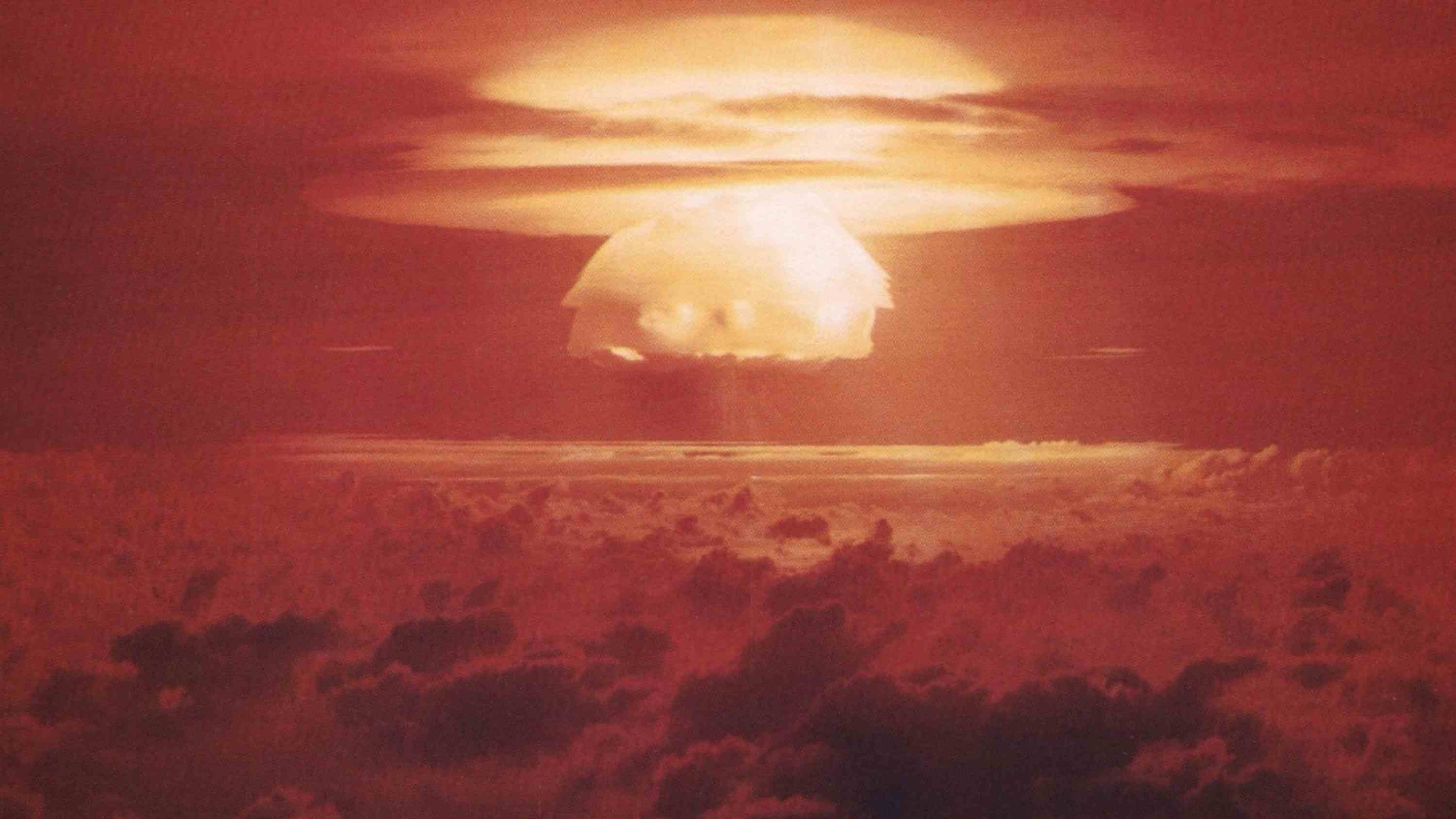
Some scientists claim to have discovered strong evidence of vanished civilizations on Mars, and that they may have detected a nuclear signal in the Martian atmosphere that matches Earth’s after a nuclear test.
According to scientists, evidence of Xenon-129 can be found in enormous quantities on Mars, and the only known process that makes Xenon-129 is a nuclear explosion. Is this just another example of how similar Mars and Earth are? Or does it prove that Mars was once a very different place?




